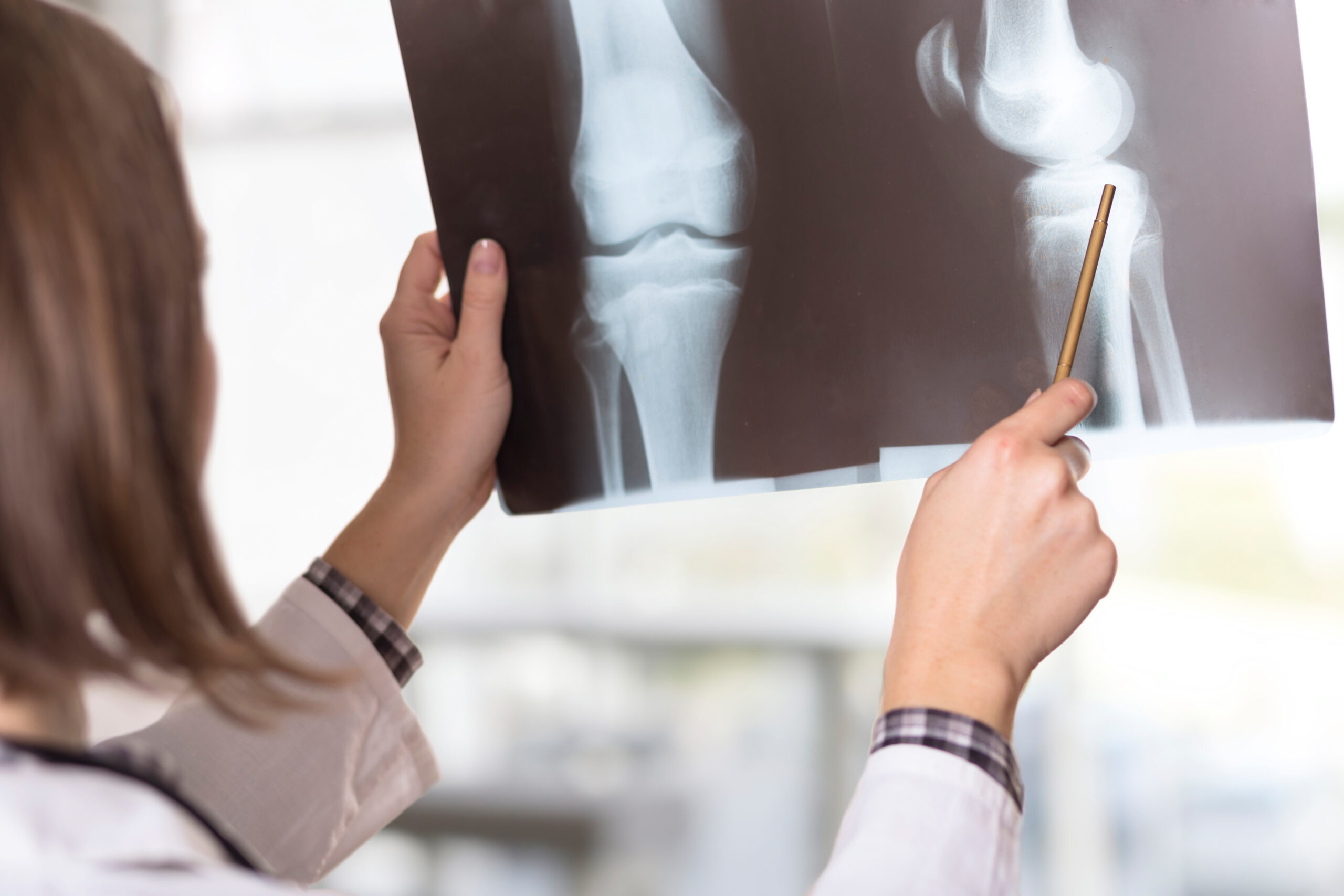Osteoporosis is often called the “silent disease” because symptoms may remain hidden until a bone breaks or fractures. As a result, bone health is not always top of mind for individuals or clinicians and therefore may be approached with a “wait and see” or a “break and fix” mentality. Taking this approach means action is too often taken only after a fracture or fall happens.
Despite its silent status, disease risk for bone disease can be especially high in women, who account for 80% of the estimated 10 million Americans with osteoporosis over 50 and who experience bone loss at an earlier age than men. One in two women over 50 years old is expected to face an osteoporosis-related fracture in her lifetime.
To improve health outcomes for populations at risk of osteoporosis and bone breaks—particularly in light of a growing aging population— prevention, access to care, education, and coverage efforts related to bone health must improve. The Society for Women’s Health Research (SWHR) developed a bone health fact about the role these factors play in promoting and preventing bone health.
Moving from a ‘Break and Fix’ to a ‘Predict and Prevent’ Model in Women’s Bone Health Care explores general bone health in women, fracture risks factors, details about screening tools, such as the dual-energy X-ray absorptiometry (DXA) scan, and policy recommendations for improving outcomes and reducing costs associated with osteoporosis.
Download The Bone Health Fact Sheet
This fact sheet represents one of the steps SWHR is taking to raise awareness of and drive policy change for bone health. SWHR earlier this year signed onto a letter from the Bone Health and Osteoporosis Foundation (BHOF) calling on the Senate Committee on Finance to include the text of S. 1943, the Increasing Access to Osteoporosis Testing for Medicare Beneficiaries Act of 2021, in any upcoming Medicare package approved by the Committee. Additionally, the Society signed a BHOF letter to House and Senate appropriators urging them to call on the Centers for Medicare and Medicaid Services to use Medicare provider payment update authorities to: 1) incentivize the provision of post-fracture care coordination for those who have suffered an osteoporotic fracture and 2) provide the Centers for Disease and Prevention and Promotion funding for a national education and action campaign aimed at reducing the rate of bone fractures and the falls that often precipitate them.
This fact sheet is part of SWHR’s Bone Health Program, which was created to explore and promote science-based health care policies, legislation, and education to improve patient outcomes. The release of this resource comes during Osteoporosis Awareness and Prevention Month in May 2022. SWHR hosted two related events, Steps to Strengthen America’s Seniors: How Preventing Osteoporosis Helps America’s Health System and Assessing and Promoting Bone Health Across the Lifespan, to discuss the clinical and legislative aspects of improving bone health outcomes for women across the United States.
SWHR’s Bone Health Program is supported by educational sponsorships from Amgen and UCB. SWHR maintains editorial control and independence over educational content.
